It’s no secret. I’m a HUGE fan, lover, and supporter of HDR photography. If you follow my Tumblr, Facebook, Twitter, Flickr, and my 500px portfolio, you’ll see my semi-regular posts of HDR photos that I take.
To me, HDR is the perfect bridge between fantasy and reality – in photographic form. It captures that beauty and “magic” that you see at the scene with your own eyes. Often times when you photograph something or somewhere, the end result is less than dramatic. You lose the dynamic light, the beauty, and dimension of exactly what you saw at the scene. We’ve all been there, right? You’re out on vacation and stumble upon a gorgeous sunset on a rocky beach. You pull out your point and shoot, snap off a few pics, post them to Facebook, and then you realize how bland it looks. Sure you’ll get likes and comments from your friends and family telling you how cool it is, but you’ll catch yourself yourself saying to them “well, you really had to be there to really experience it and see how incredible it really was.” Those days are long gone with HDR.
What is HDR, you ask? Well, to sum it up technically, HDR photography stands for High Dynamic Range photography. What it does, is it captures the vast ranges of light that is available at the scene. Your eyes capture a very large range of light and color, but your camera sensor doesn’t. Sorta. This explains why you can see a very dramatic sunset, take a pic with your iPhone, and it just looks flat and less than colorful. There IS a way to capture the beauty and depth without “doctoring” or re-coloring a photo, and I’ll explain it the best I can.
Why HDR? Well, again, to me, it’s the only real way to capture the magic of what your eyes see at the scene in a photograph. It displays the beautiful colors, the amazing light, and the depth and dimension of being there. Here is a perfect example of what I mean: I was in NY and took a train out to Montauk, which is at the very end of Long Island. There’s a lighthouse that was cool, but behind me I saw this beautiful beach. It was covered with rocks, both large and small. The waves were gently crashing while the sun was setting behind some hills. My eyes were able to see all these beautiful colors, massive light rays spilling out of the clouds, dramatic clouds, and depth and dimension of the scene. I knew that without HDR, it would look like your typical vacation photo of a beach and sunset. See below:
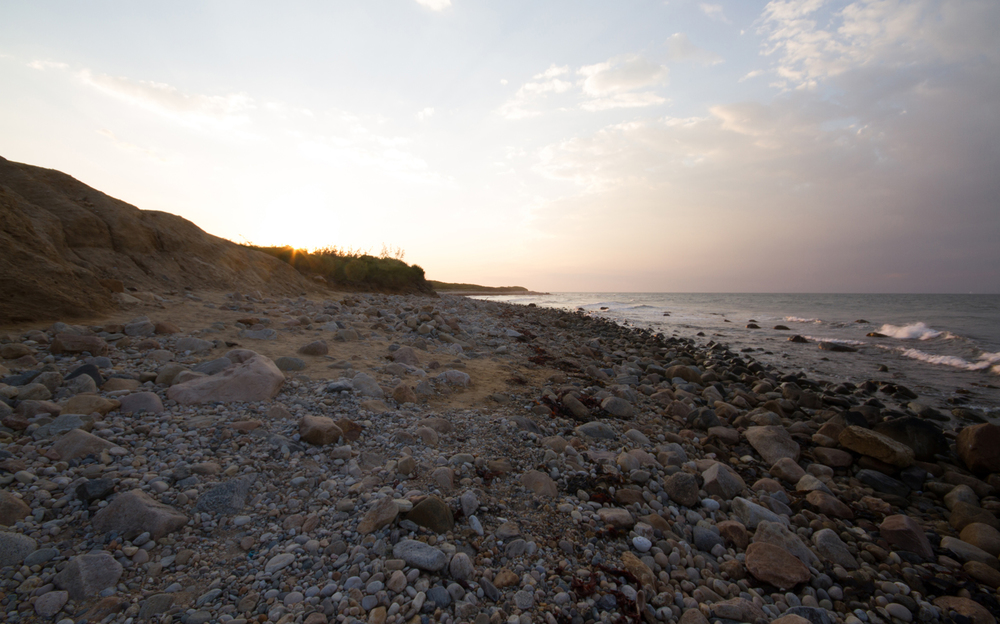
This is a non-processed, right out of the camera photograph of what I saw at the scene. It’s still pretty, but definitely lacking that “Oh My God, this is beautiful” quality.
I knew that this had to be processed in HDR to really make it “pop.” I had my trusty Canon 7D with my wide angle 10-20mm lens with me. I set up my tripod, set my settings to capture HDR, and snapped off a series of shots with bracketed exposures. When I got back, I processed my images, which I’ll explain how I did that later. Here’s my end shot:
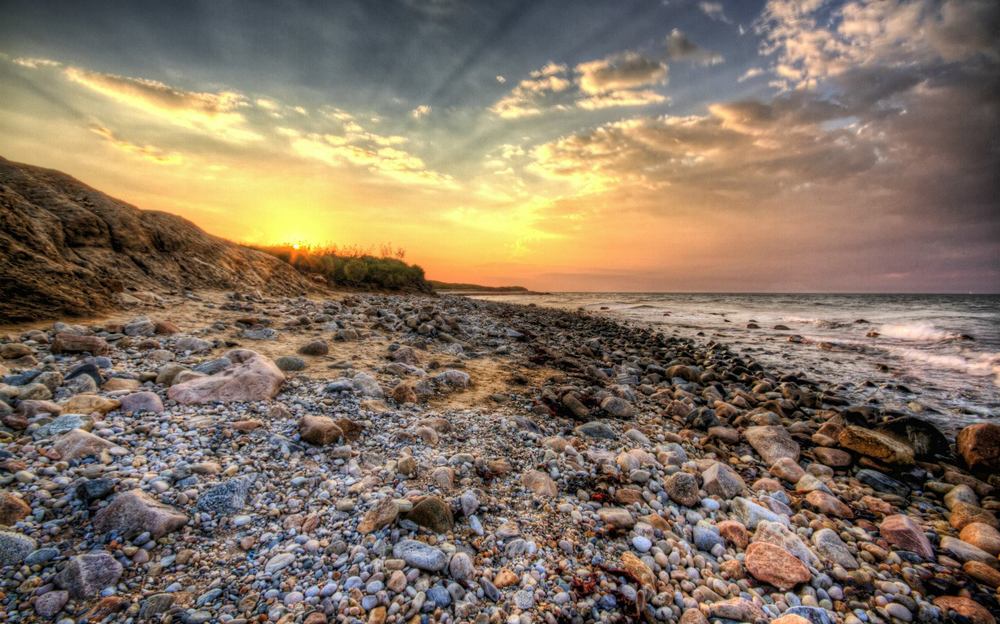
This is the final HDR photo. See the difference in light and color? Yes, this is exactly how it looked in person. I was able to successfully use the dynamic light ranges to capture the drama and beauty of the scene. Thank you, HDR!
About a year ago, I remember seeing my very first real HDR image. At the time, I just got started in photography as a hobby and was surfing the web looking at photography portfolios to help guide me in composition when I stumbled upon a website that forever changed my life in photography. Stuck in Customs is the world’s largest travel photography website, and is owned and operated by Trey Ratcliff, a pioneer in the art of HDR. In fact, one of Trey’s HDR images hangs in the Smithsonian as one of the first HDR photographs.
The very first picture I saw of his was this beautiful photo of a road and sunset. It captured depth, light, and color like I’ve never seen before in a photograph. I felt like I was there.
Quickly, I became obsessed with Trey’s website, looking at each image. Studying the details of the photos. The compositions, EXIF data, and his descriptions and process. I was now obsessed with HDR. Trey also has the best HDR tutorial I’ve ever seen. It’s FREE and you can view it HERE. I completed the free HDR tutorial, then went on to purchase his in depth tutorials that further pushed me into the art of HDR.
Trey’s story is very inspiring to me. Trey, now 41 years old, didn’t even get his first camera until he was 35 years old. He is now a “professional” photographer, followed by thousands and thousands of people worldwide. He gets to do exactly what he loves: travel the world, shoot photographs, and share them with people. I hope to be able to continue to build a name for myself in HDR, and help push this beautiful art movement forward. Now obsessed and motivated by this type of photography, I couldn’t wait to get out there and shoot and process.
I did just that. I forced myself to go on self-guided photowalks and shoot and shoot. One thing that I have learned is that the HDR processing and technical aspect of it doesn’t make your photos great. Your photos themselves still need to be great to begin with. That’s ok, though…in my eyes, photography is a constant work in progress. Times change, technology and trends change, and you’re constantly trying new things that eventually translates to your photography.
Like I previously said, HDR processing isn’t what is going to make your photos beautiful. It’s just a technical process that helps enhance the many bracketed exposures that you shoot. Also, as a disclaimer, there are MANY MANY different ways of processing HDR. I just happen to really like the way Trey Ratcliff does it. I think it’s simple, flexible, and doesn’t over-process the shots. If you’re interested in doing HDR photography, I highly recommend watching Trey’s amazing HDR video tutorial HERE.
My HDR approach is fairly simple:
Set up:
I find my shot. Setup my camera & tripod. Frame it.
Settings:
Depending on the scene, I’ll shoot between 5 – 9 bracketed shots of exposures being 1 stop apart in RAW. I usually shoot in Aperture Priority and have my fstop around 8 or so to get the entire scene in focus. Again, each scene is different.
Post Processing – I use 4 programs:
Lightroom – I use this to import and adjust my raw files as needed.
Photomatix – I use this to composite my bracketed shots, and make my HDR fine tune adjustments
Adobe Bridge – I use this for file management
Adobe Photoshop – I use this to finalize and touch up my images
Over the last few months, I’ve seen my photography skills do nothing but get better. What is “better” when it comes to art and photography? Good question, as art is such a subjective thing. To me, getting better means that when I post new photos, I get a tremendous amount of positive feedback from people and see that they share them or use them for their Facebook cover photos. That feedback is what keeps pushing me to continue this journey of HDR photography.
I’ve always loved photography as an art. There is something magical about being able to capture a still moment in time conveying an emotion, or telling a story of what’s happening in the scene. I truly think everyone has the ability to be a really good photographer. It’s not the equipment that makes you a good photographer, it’s the ability to see a story that can be captured and shared. As you get more and more experienced, you learn the limitations of your gear, and upgrade accordingly. Through the years, I have learned the basics of photography and was able to shoot what I wanted with the equipment that I had. Over time, you learn more and more about the stories you want to tell with photography and need to adapt your equipment to tell that story. Basically, your photography takes on a personality.
I would say that only in the last 6 months, I really discovered the style of photography that I love to shoot. I’m not saying that it’s the ONLY style I’ll shoot, but it is the basis of stories I want to capture and share through photographs. The things that I like to photograph and share are beautiful landscapes, neat buildings and architecture, and other things/places that are often overlooked because no one really stops to look at the way the light hits, or the cool textures or reflections it has. I try to take something that you may have seen a hundred times, shoot it in HDR, and capture certain elements that make you forever see it in a different perspective.
In addition to the above, I also like to shoot night time shots, or long exposure photography. There is no better feeling than setting up your tripod, pointing your camera in a direction of darkness, and opening up that shutter while having people walk by thinking (and saying) you are crazy for photographing pure darkness. To me, that darkness is beauty. I see things beyond the darkness that are interesting.
Here is an example of night time, long exposure HDR photography. This shot is of the Brooklyn Bridge at night. 10:30pm to be exact. I was set up on a boardwalk against the water, pointing my camera towards the bridge, which has some lights on it. For the most part, it was pretty dark. I saw beyond that, though. I saw pretty lights on the bridge and even more pretty lights in the distance in Brooklyn that were being reflected on the water. In addition, there were these really neat wooden posts in the water (foreground) that helped create a sense of distance/depth. Also, the sky was crystal clear out, and had a neat blue hue to it.
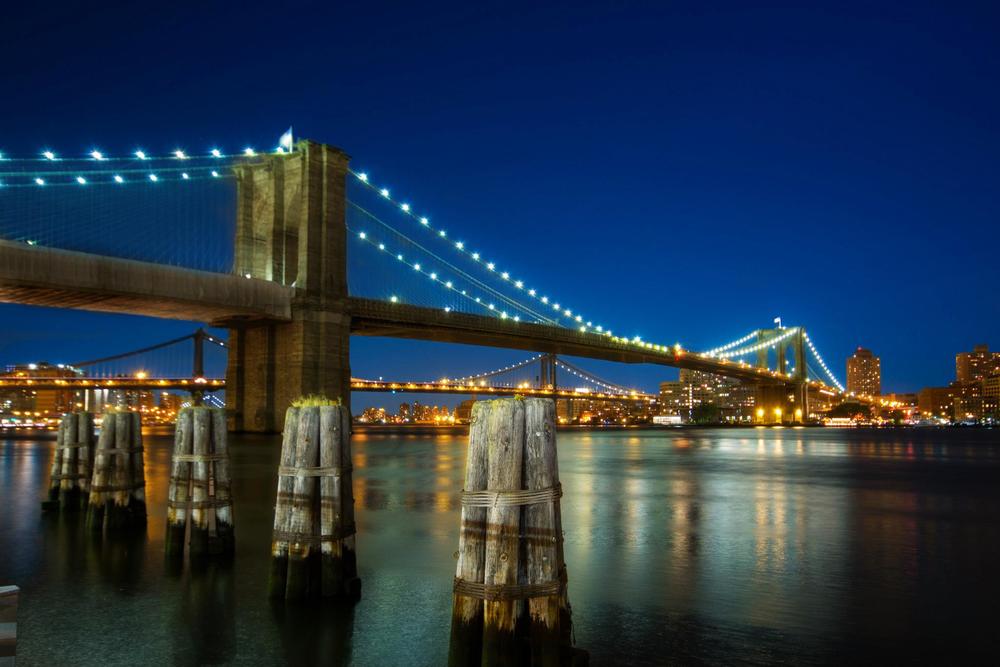
This photo went on to be one of my more popular images. It got shared quite a bit on the social networks, and I even sold a few prints of it.
Now that you’ve seen a few examples of my work, I also wanted to touch on something else that I learned when it comes to photography, or art in general. Art really IS subjective. What that means, is each person has their own preference of art and there is no such thing as what is “right or wrong” with art. It just really depends on your preference and mood.
Case in point, I recently went on a photowalk in Beverly Hills with a friend. He wanted to learn HDR, and I figured that would be a cool place to walk around and shoot. There are interesting buildings, and neat signs and such. We were walking down the world famous Rodeo Drive when I saw this interesting doorway area. What I saw was texture, reflection, and symmetry. I set up my shot, which was exactly centered of the doorway. I shot 5 exposures and moved on. Later that night, I was going through the photos and decided to quickly process one of them. After I processed it, I just wasn’t feeling the photo at all. I then started looking at a few more photos I took, then it hit me. Do it in Black & White! I went back, reprocessed the HDR in black & white. What that did, was really showed the textures, but it did something else. I think it also juxtaposed some grittiness with such a classy brand (Gucci), which is known for being sleek and perfect. I then posted the image, still not 100% feeling it, and to my surprise, that image went viral. EVERYONE seemed to love it.

Within 2 days, this photo has become one of my favorite photos I’ve taken. I don’t know why I changed my mind on it, but again, I think it has to do with art being subjective and influenced by mood.
Like I mentioned previously, my photography journey has been a learning process. When I start something, I want to be the best I can be in it, so I study like hell to learn all that I can. For photography, I think I’ve read every tutorial and watched every YouTube video that explains composition, lighting, HDR, and post processing. Looking back at my photos, I have seen a progression in terms of quality. My technical abilities have improved, as have my artistic abilities. Everything is trial and error. In a lot of my photos, there are many errors. Some that are noticeable, and others that aren’t, but more of a learning process for me. In some photos I completely forget about composition, others I forget about focus, etc.
I’m proud of myself for coming such a long way with my photography. I strive to fine tune my craft, and keep taking amazing photos that people like to see and share. I hope that one day I can live the dream and be a famous photog like Trey Ratcliff and help inspire others to continue this art. I also want to be an advocate for HDR photography, and share this beautiful medium with the rest of the world.
Please keep checking back on this blog, as I’ll be sharing new photos and stories, tips and tricks, and other things that inspire my art.
Thanks,
Jayson

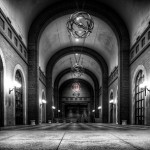
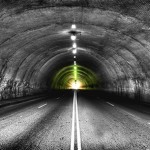
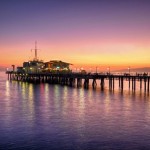
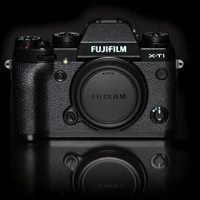
3 Comments